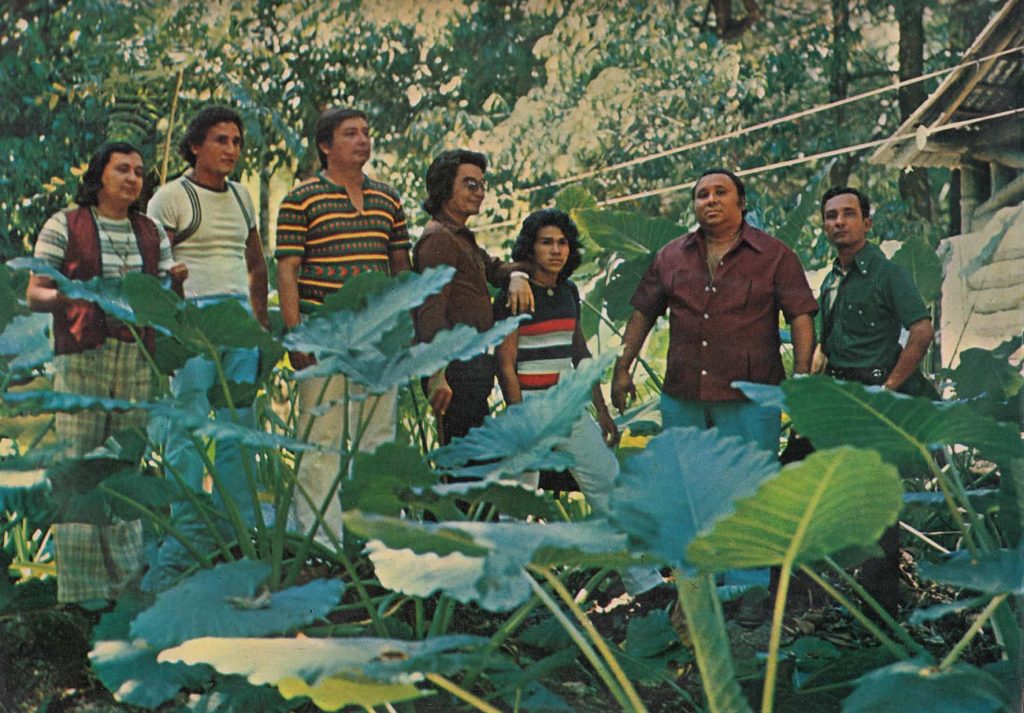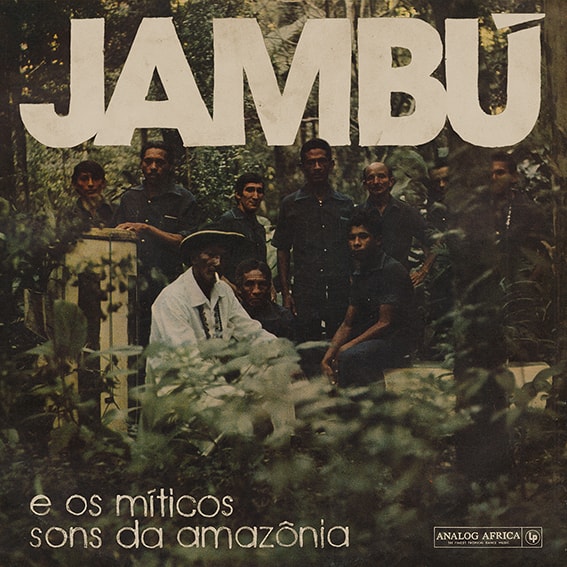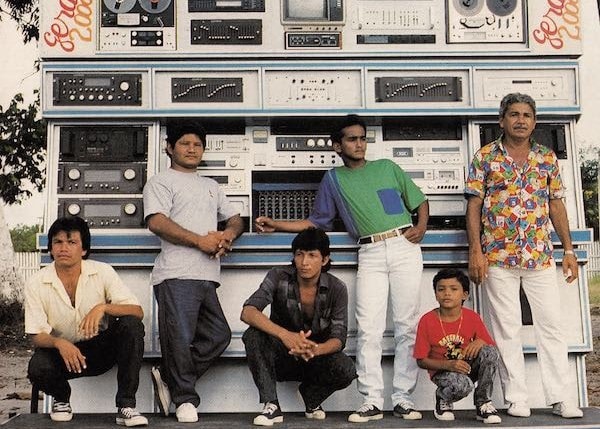Surrounded by both the Amazonian forest and Atlantic Ocean, the city of Belém, in the Northern state of Pará in Brazil, was the epicentre of a myriad of cultures, which combination gave birth to several new music genres.
It took Analog Africa six years to elaborate their 28th compilation, Jambú e os míticos sons da amazônia. It tries to tell the story of Belém, the birthplace of a myriad of new musical genres, such as carimbó, samba-de-cacete and siriá. Being at the intersection of Amerindian cultures, Caribbean sounds and rhythms as well as from Colombia, Surinam and Guyana, the city of Belém was also known as the “Caribbean Port”.
African rhythms and regions such as Umbanda, Candomblé and the Tambor de Mina, brought to the city through slavery, had a major impact on the new music styles created in Belém, giving birth to genres such as undun, banguê and carimbó later popularized by heavyweights such as Orlando Pereira, Mestre Cupijó and Pinduca.
In order to understand the story of Belém’s melting-pot, it’s necessary to understand the influence of the soundsystem culture and the impact it had on the broadcasting of these new music styles. Beginning as simple gramophones connected to loudspeakers tied to light posts or trees, these sound systems livened up neighbourhood parties and family gatherings, progressively upgrading to become major attractions, packing nightclubs.

Grupo da Pesada
This cultural tumult gave birth to several radios and record labels, such as Rauland Belém Som Ltd founded in 1970, helping to broadcast these new music styles and popularize the artists, allowing them to leave a permanent stamp in Brazilian popular music.
Just as the Amazonian that gives its name, Jambú is an euphoric travel into Brazilian culture, with a long-lasting aftertaste. And blends very well with cachaça !
Jambú e os míticos sons da amazônia d’Analog Africa, out on June 21st. Order it on Bandcamp.
Read Next : Reggae, riots and resistance: the sounds of Black Britain in 1981





